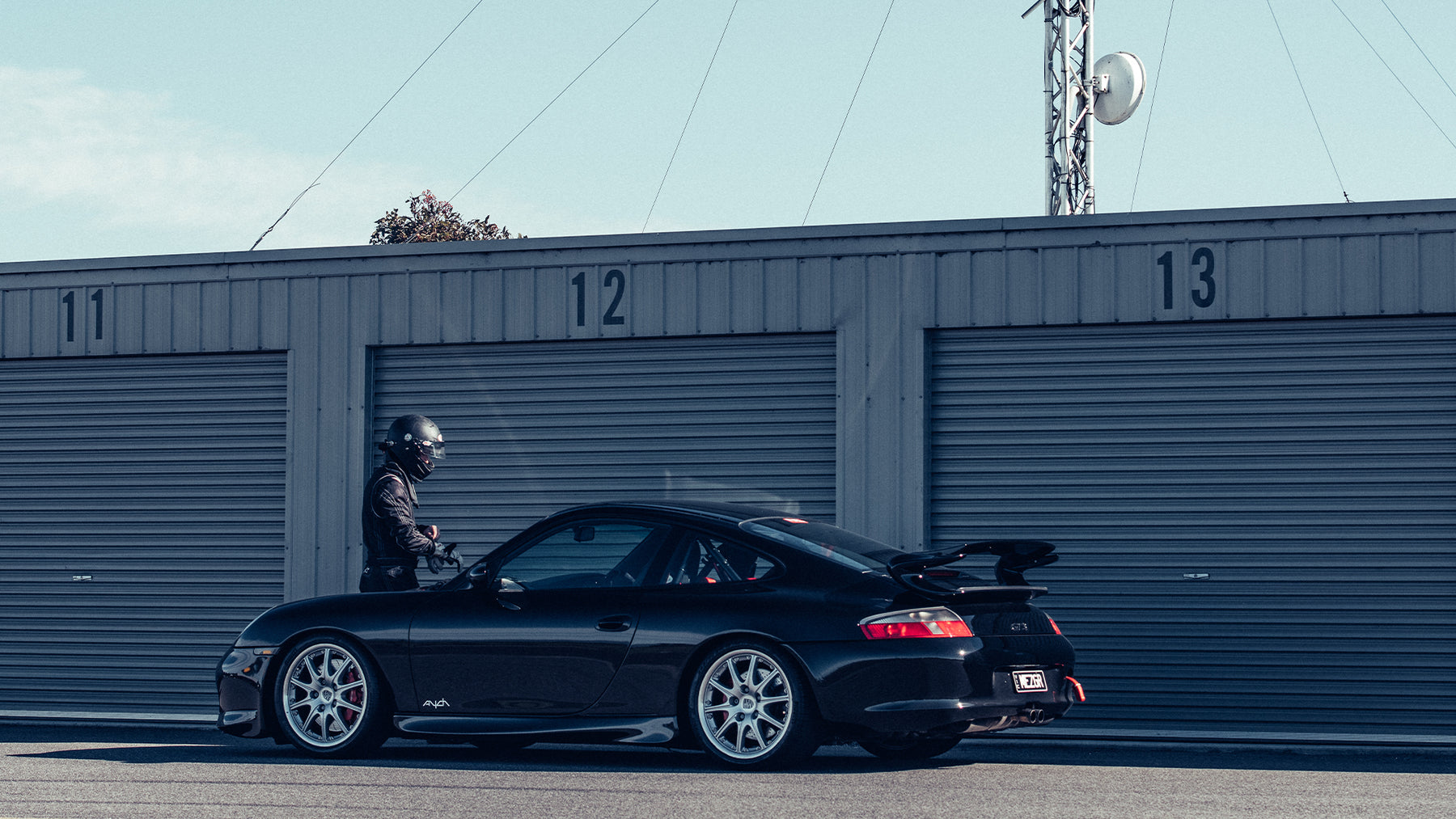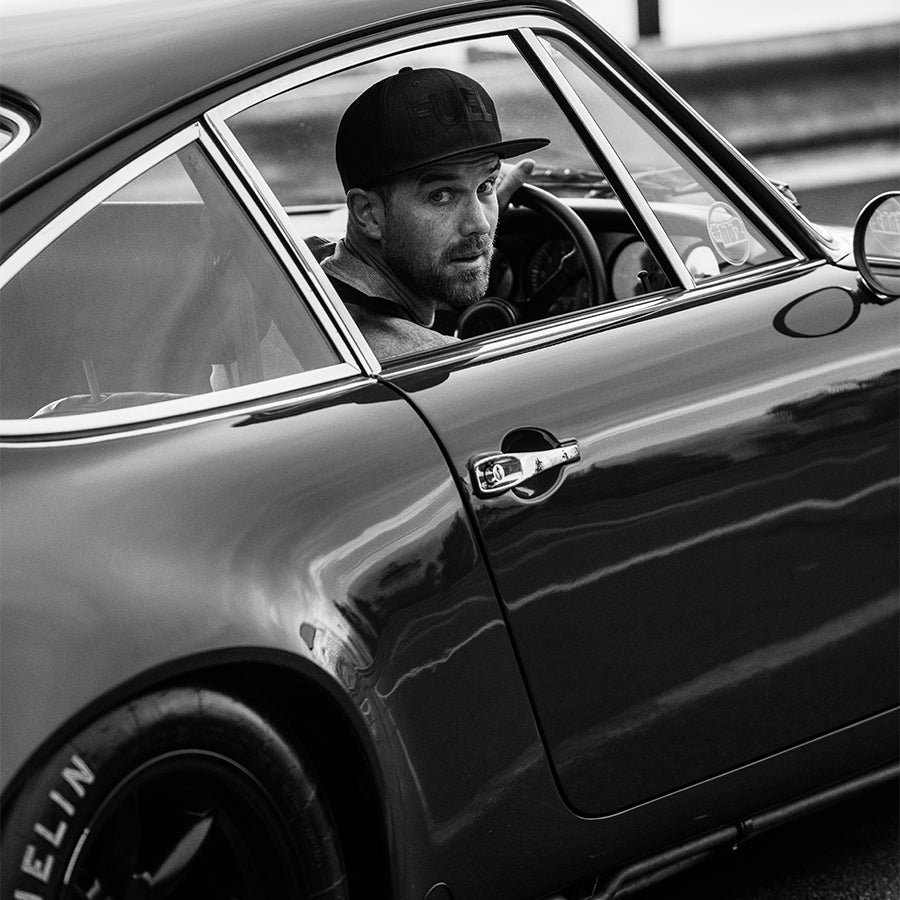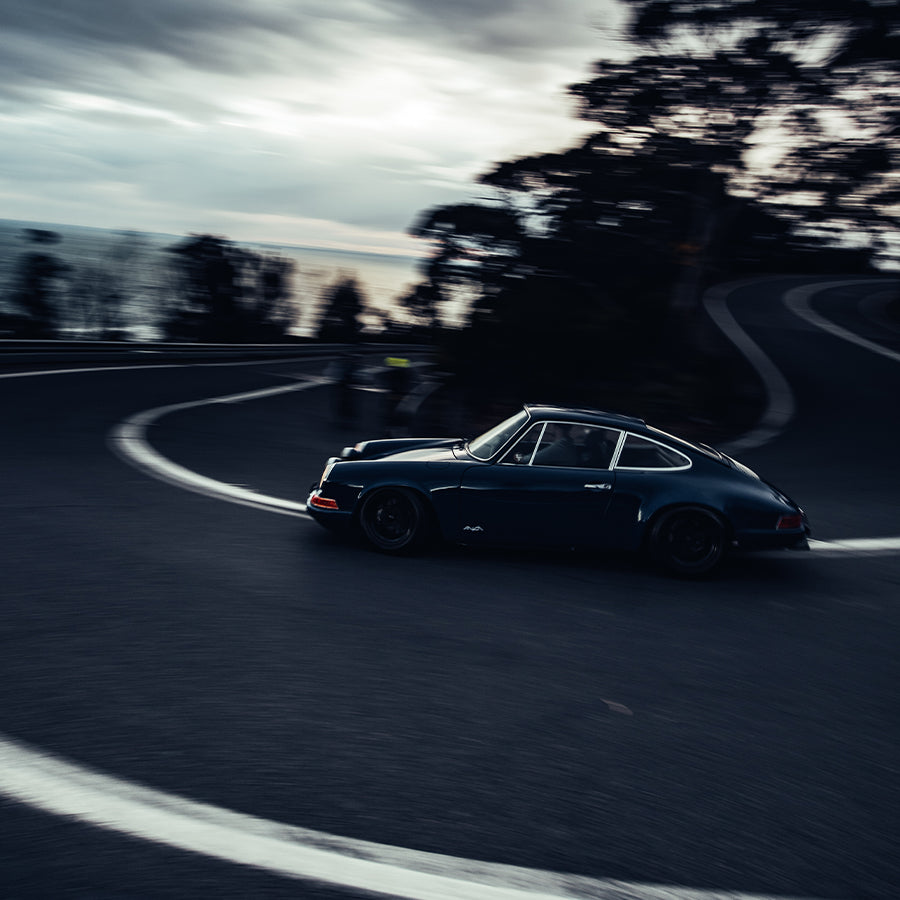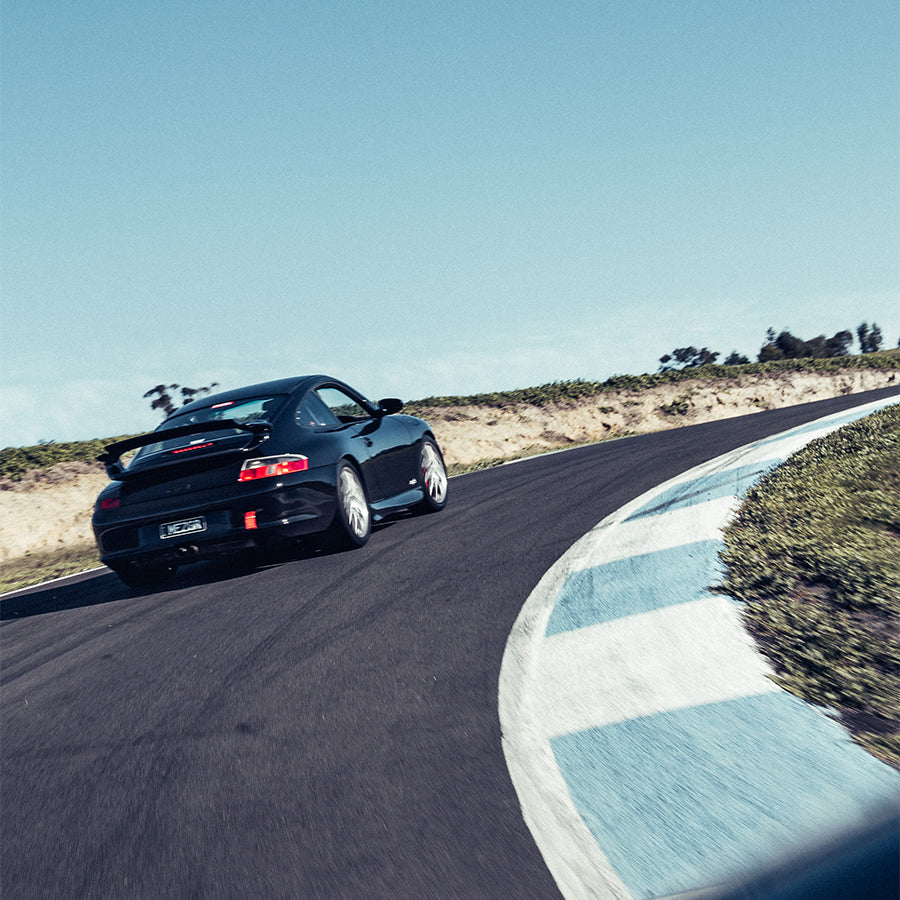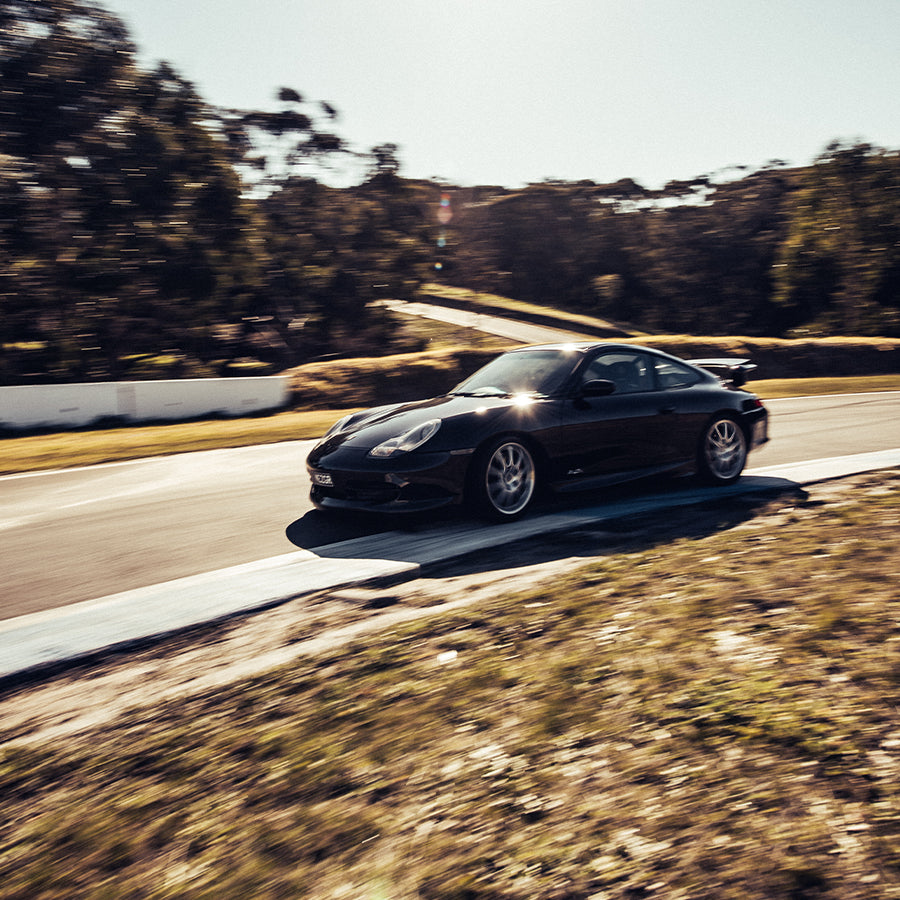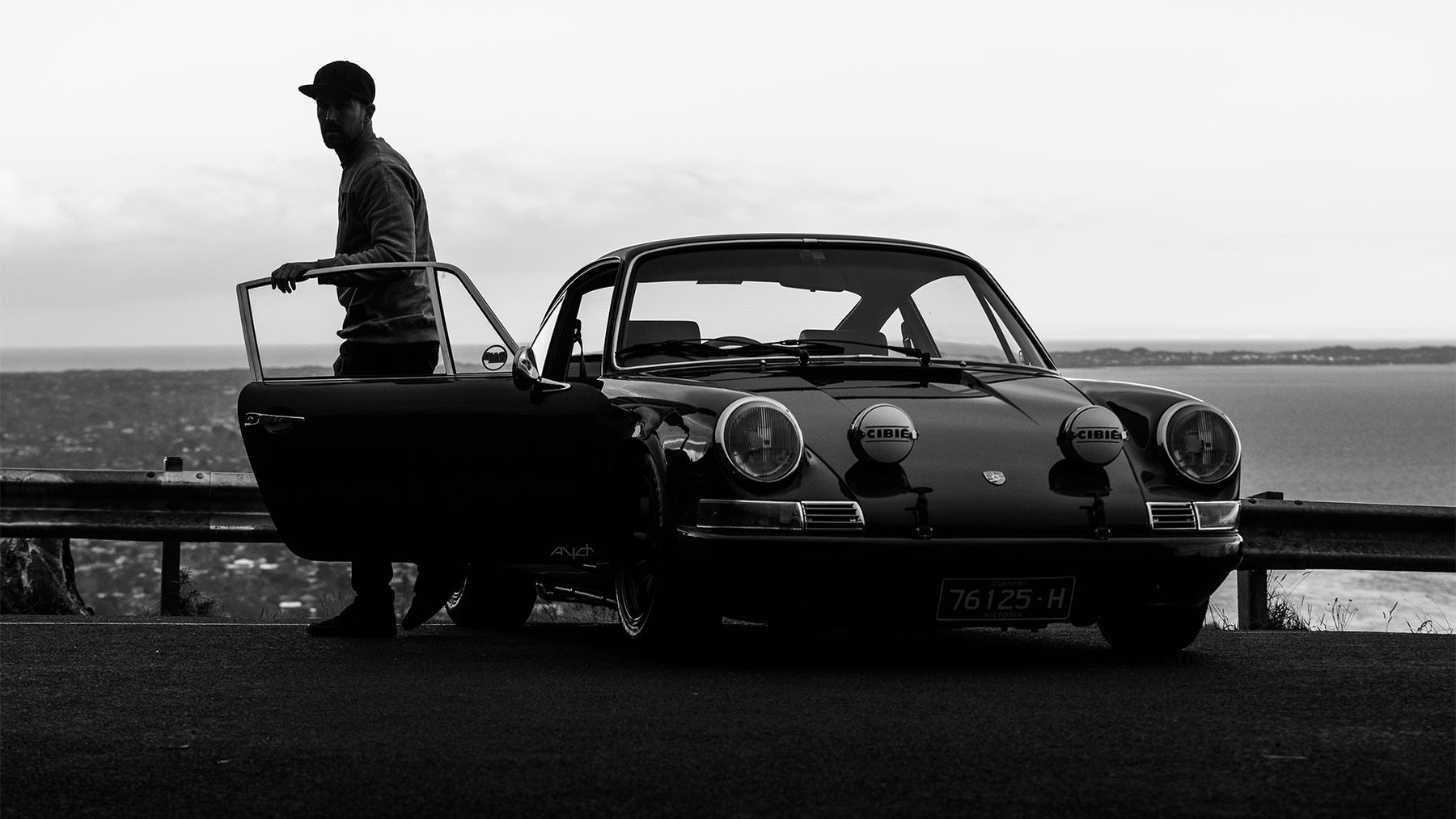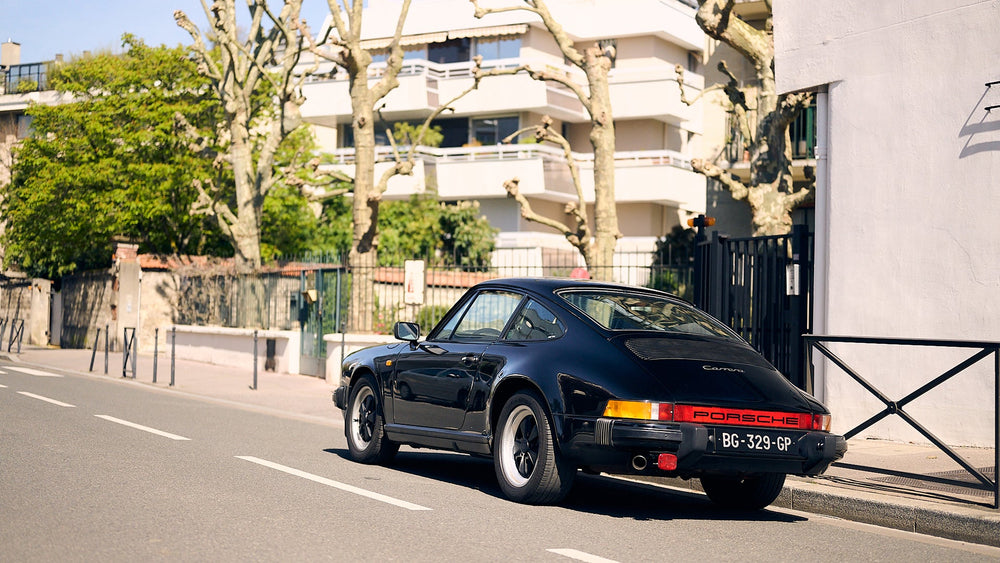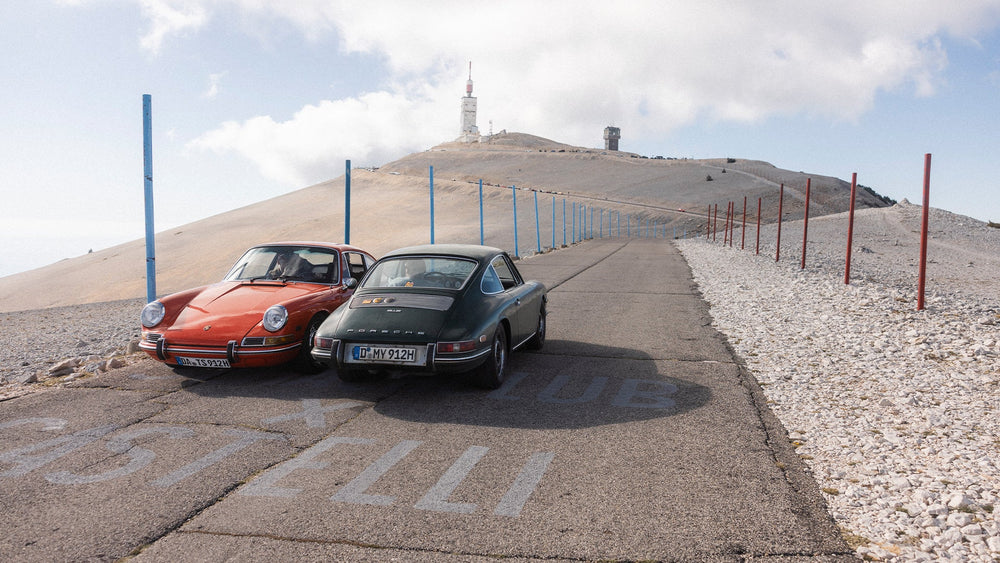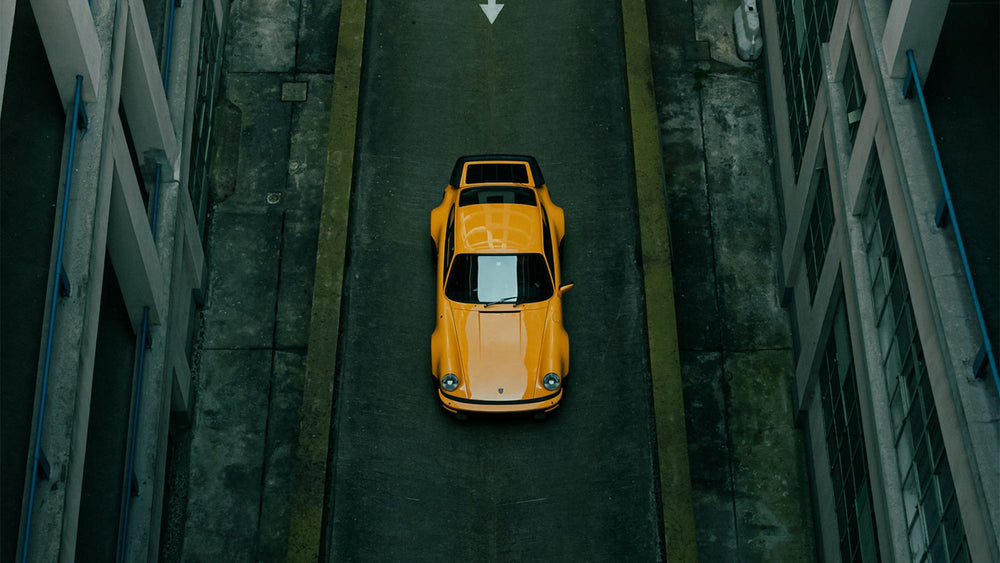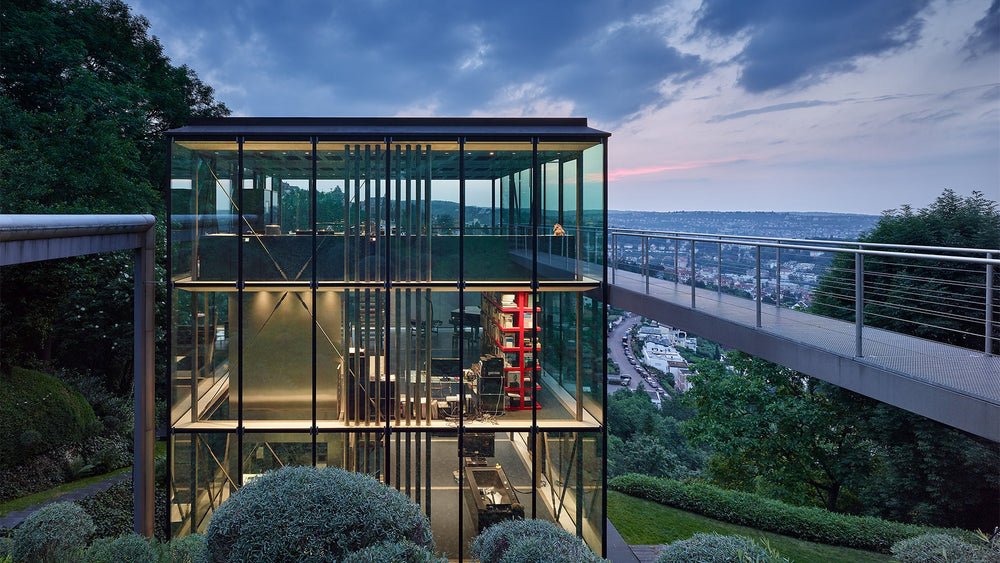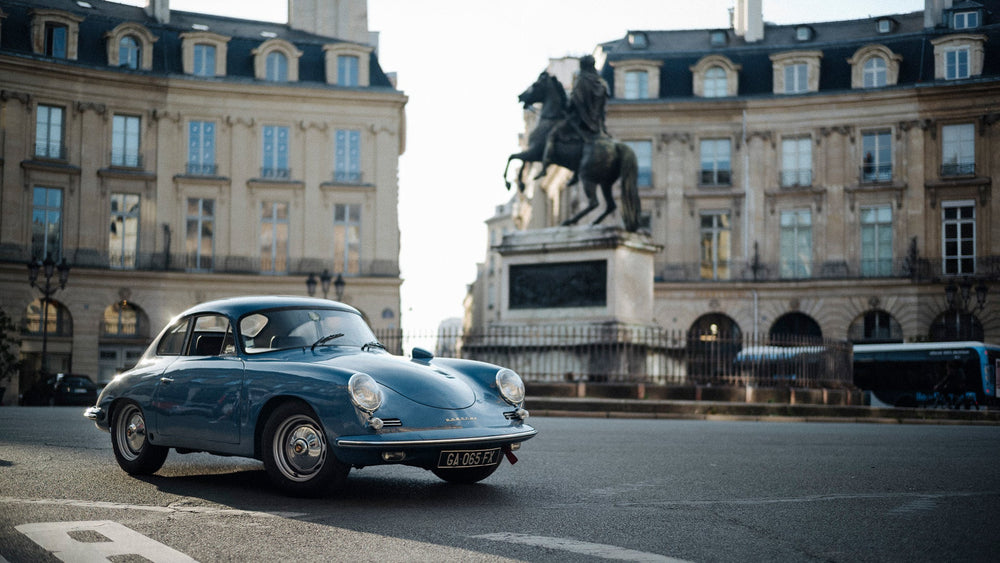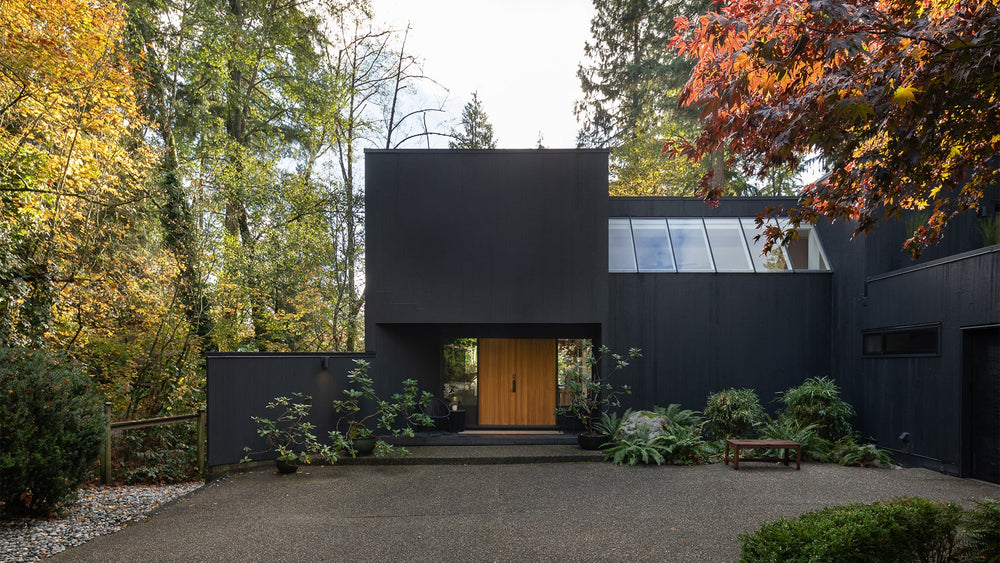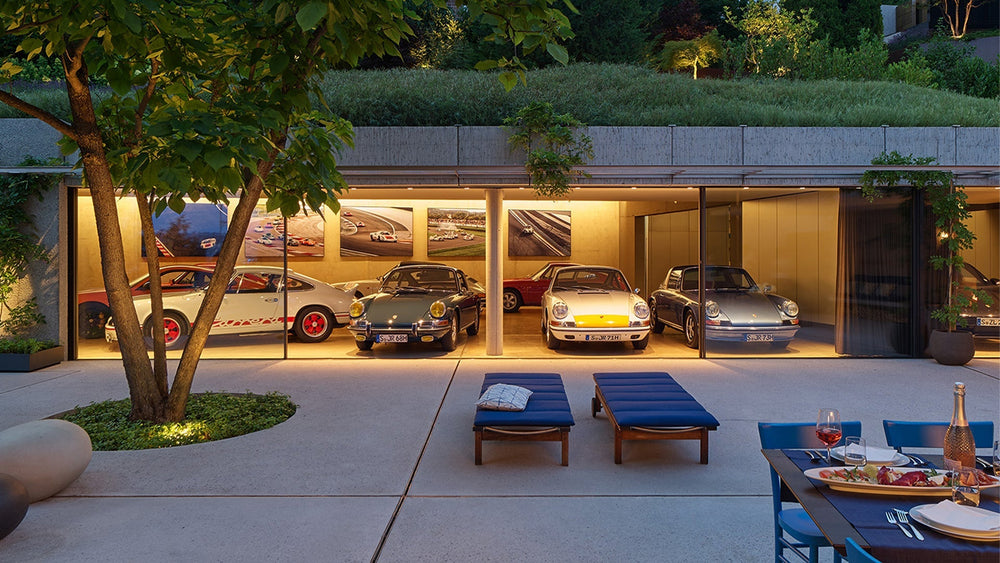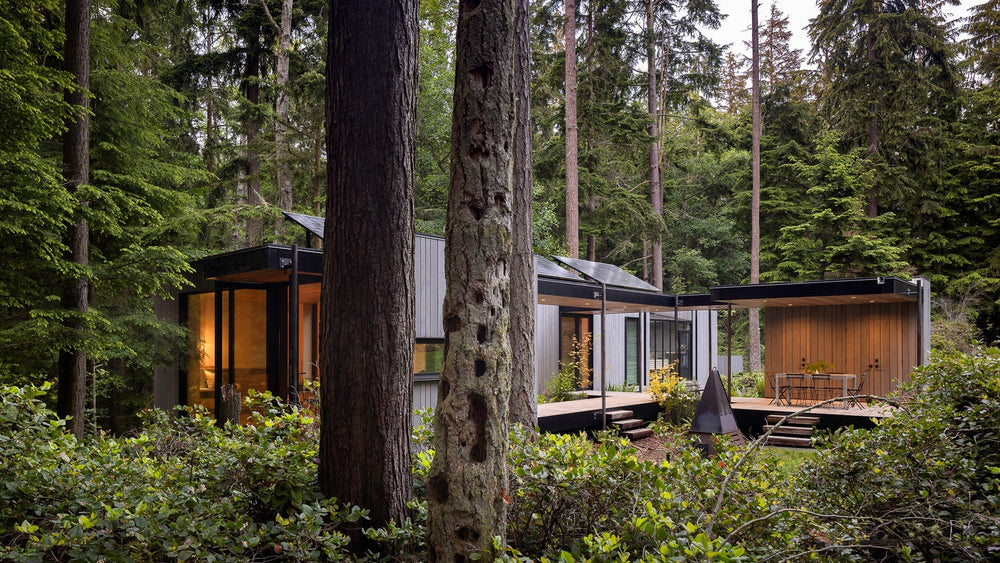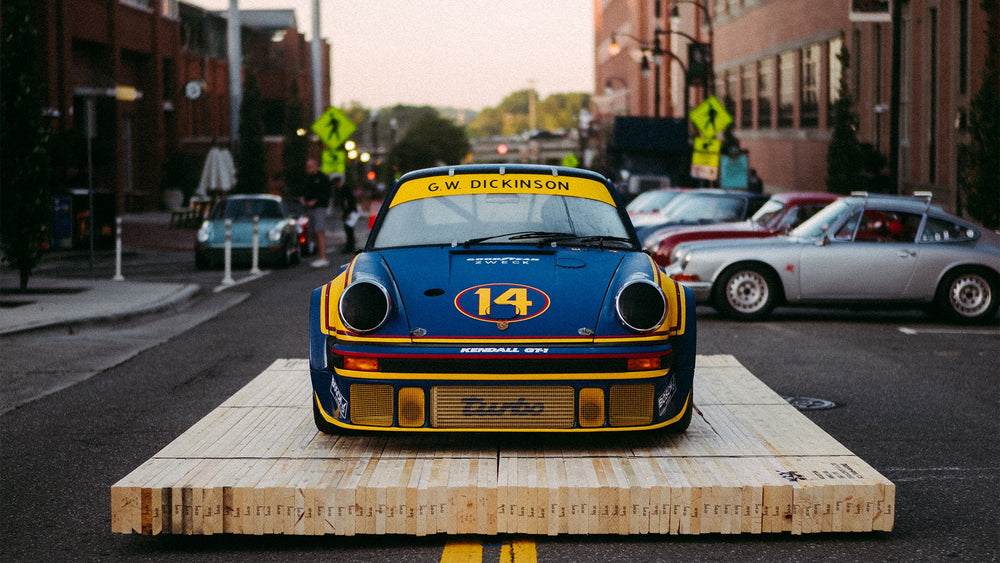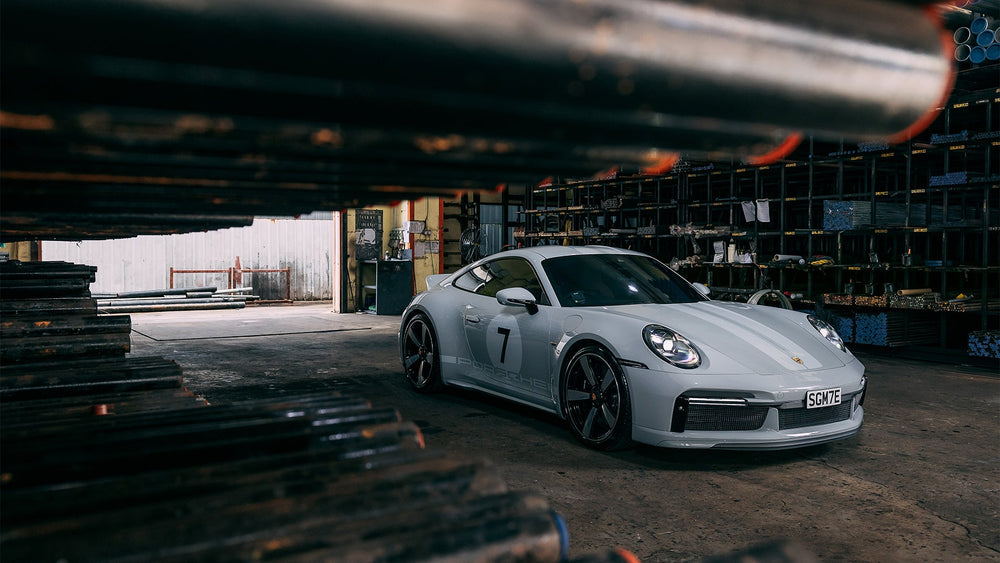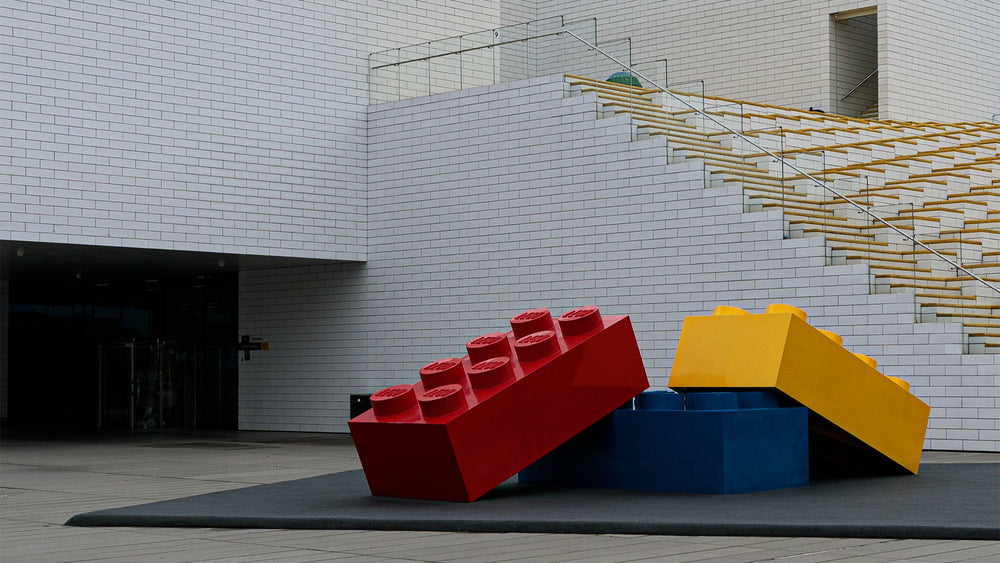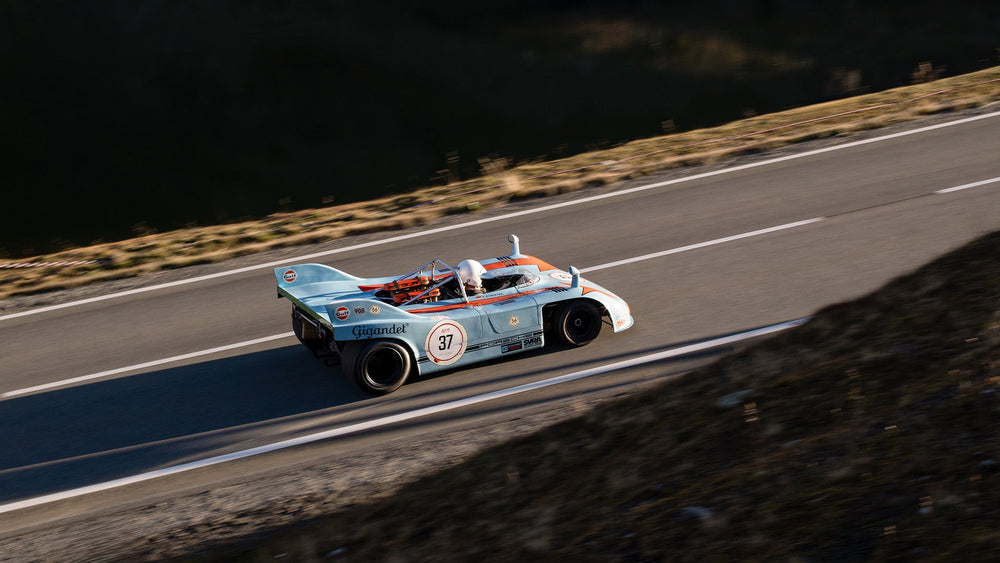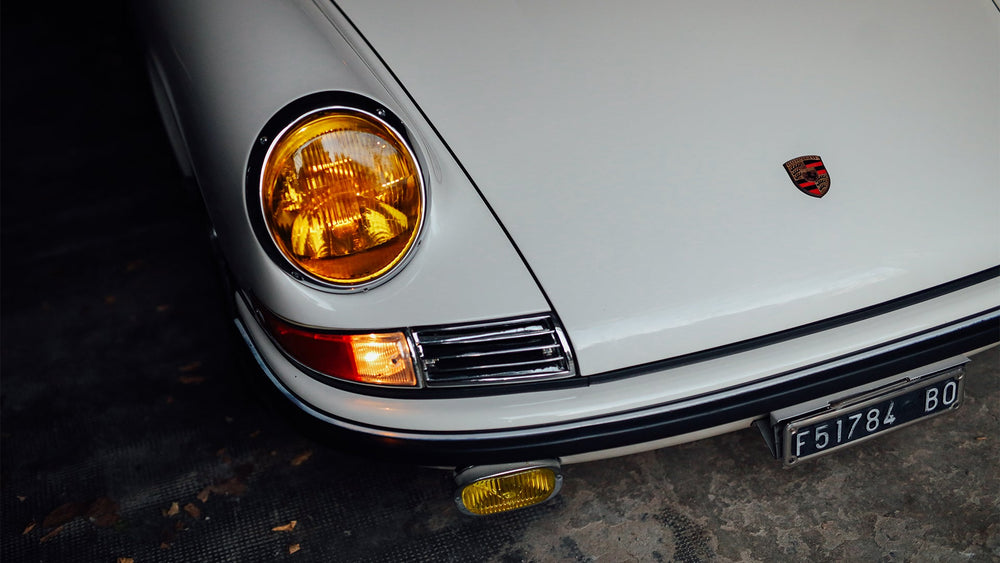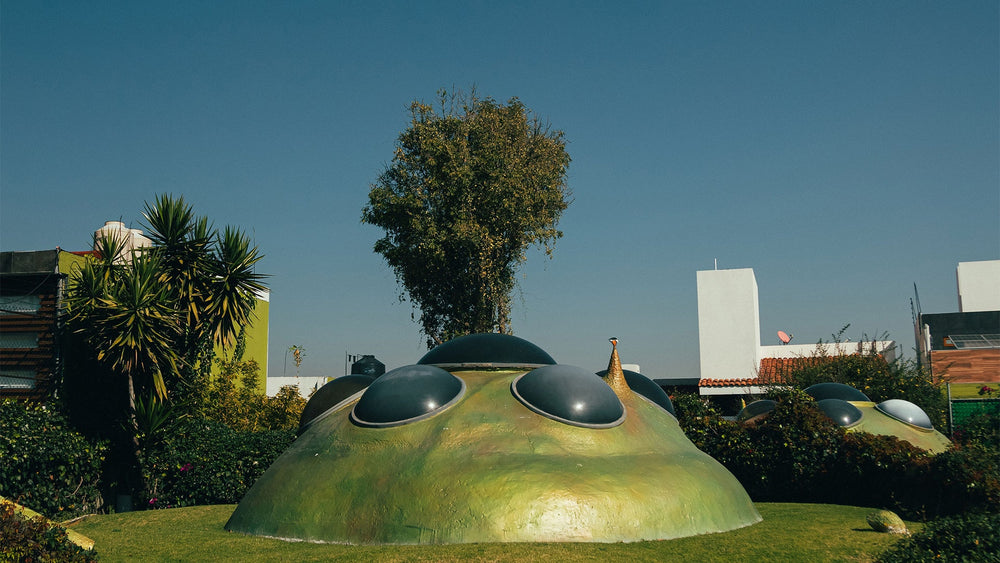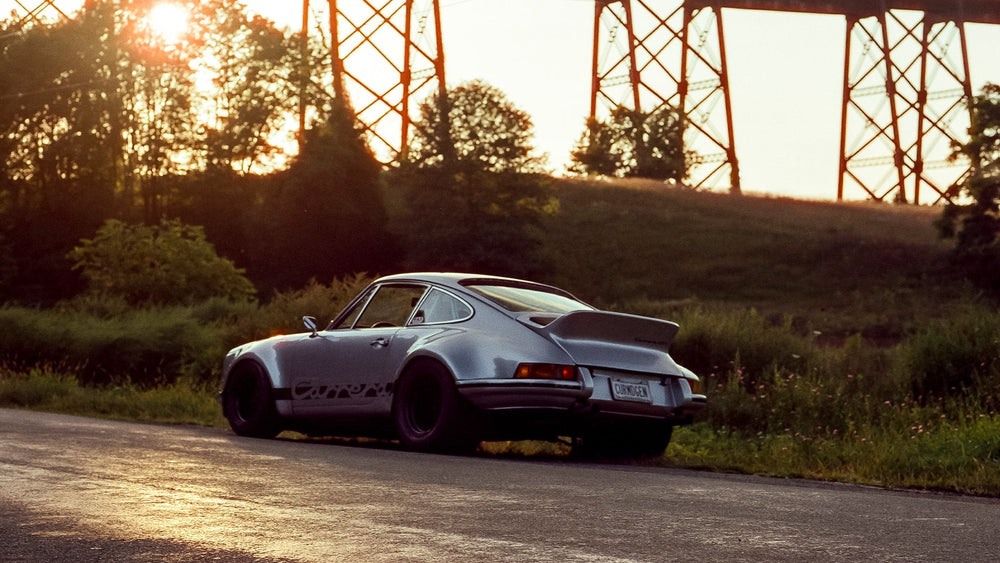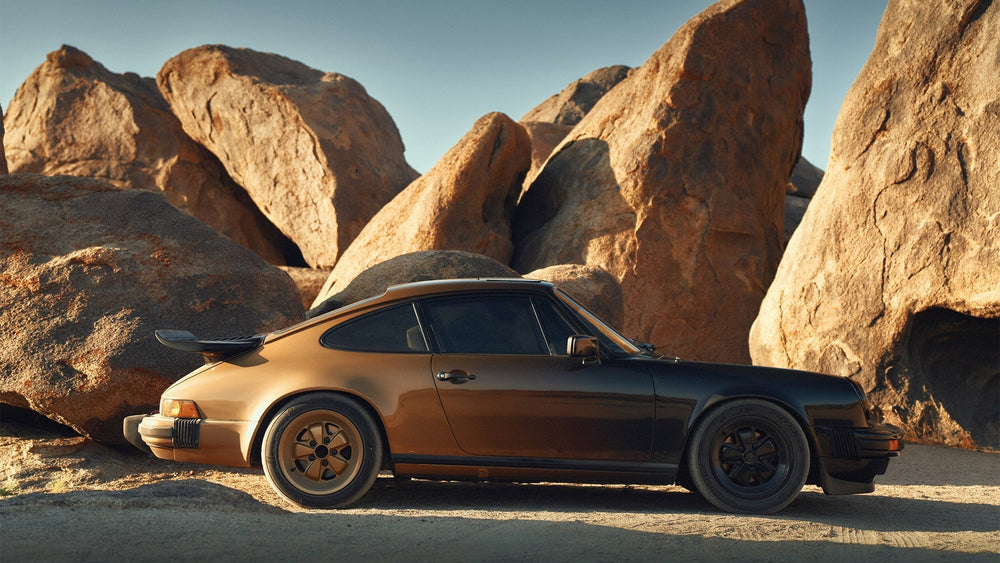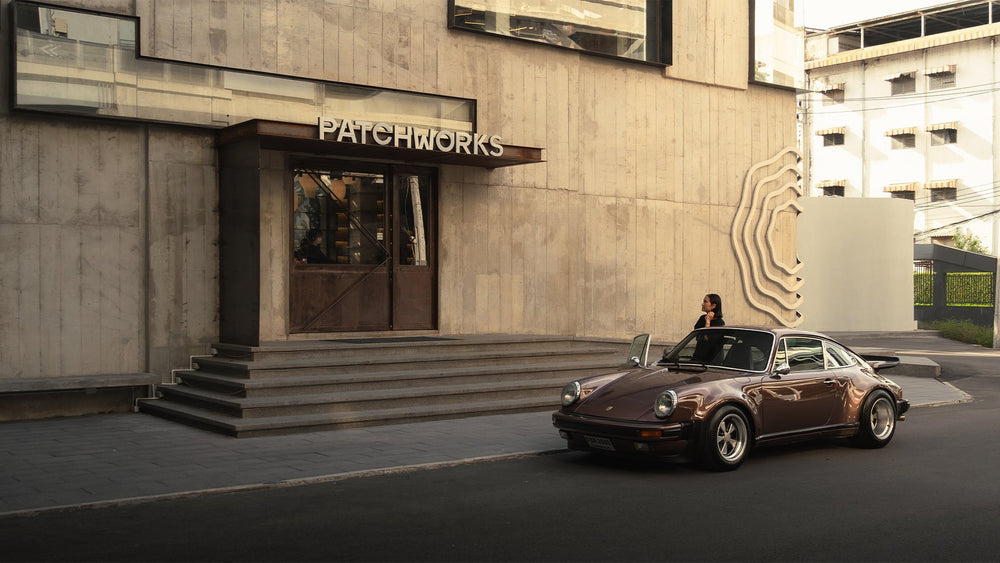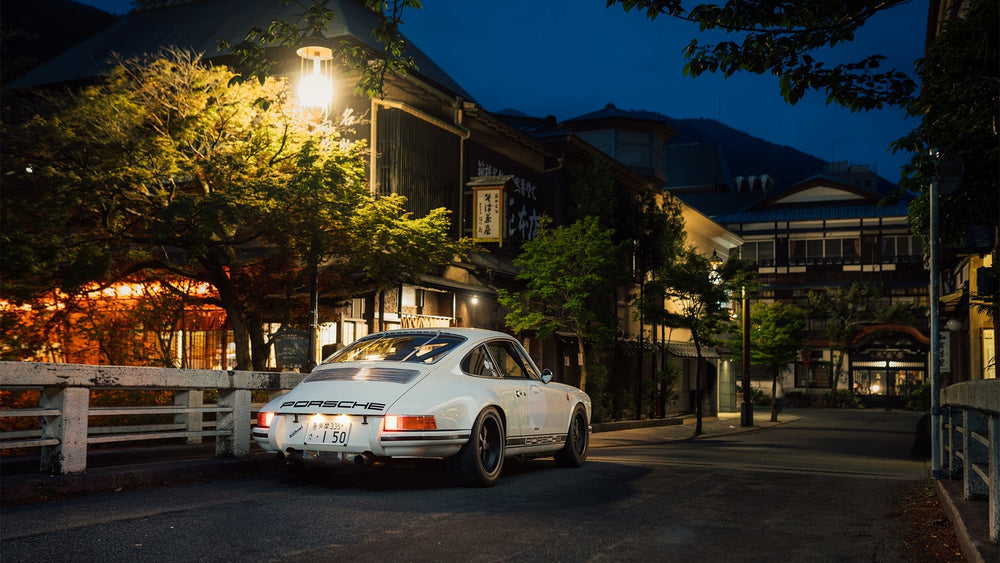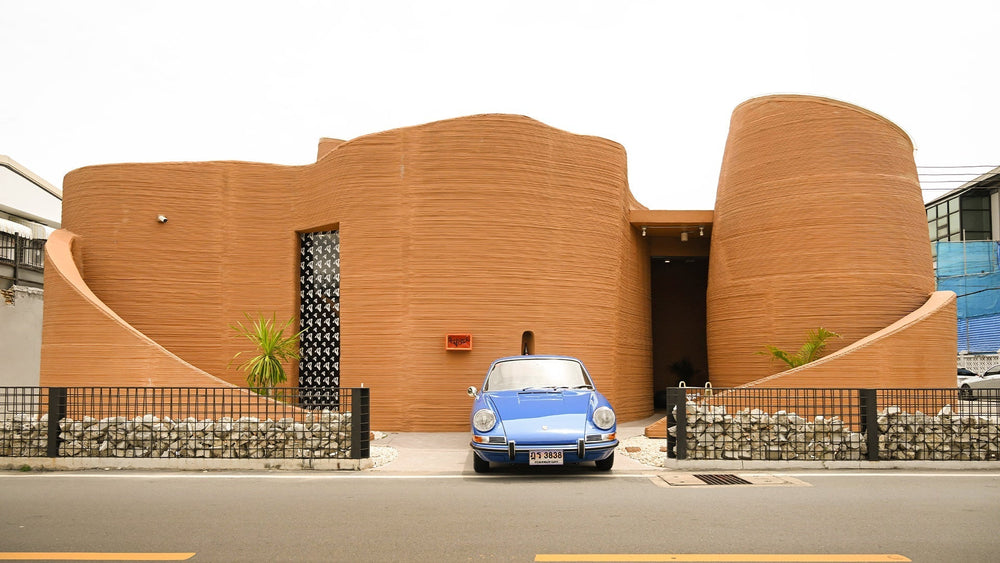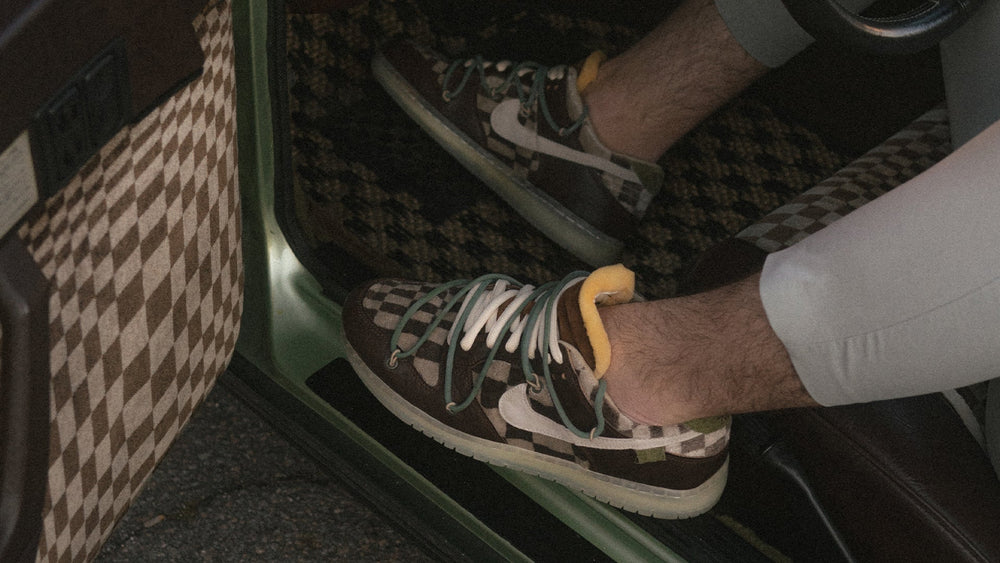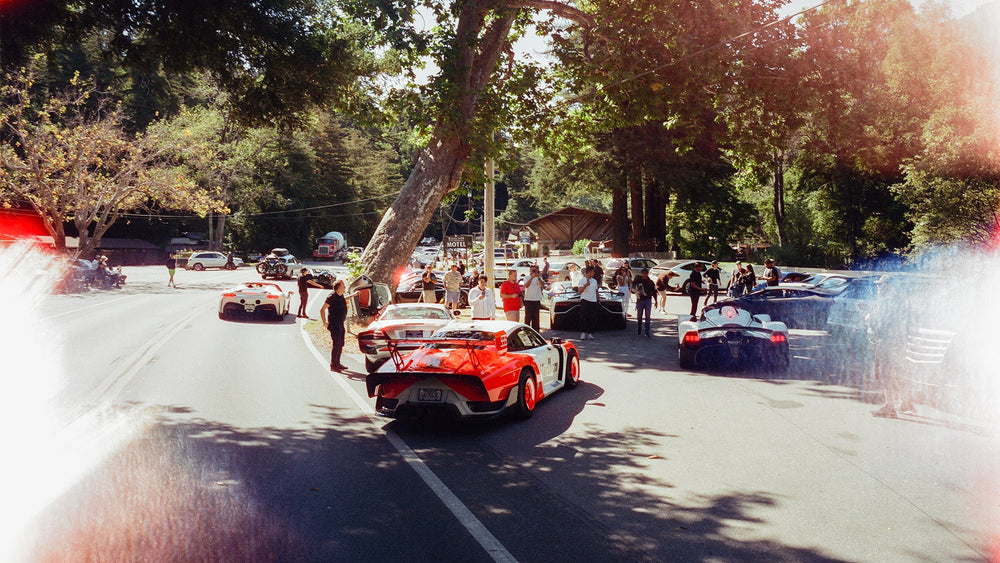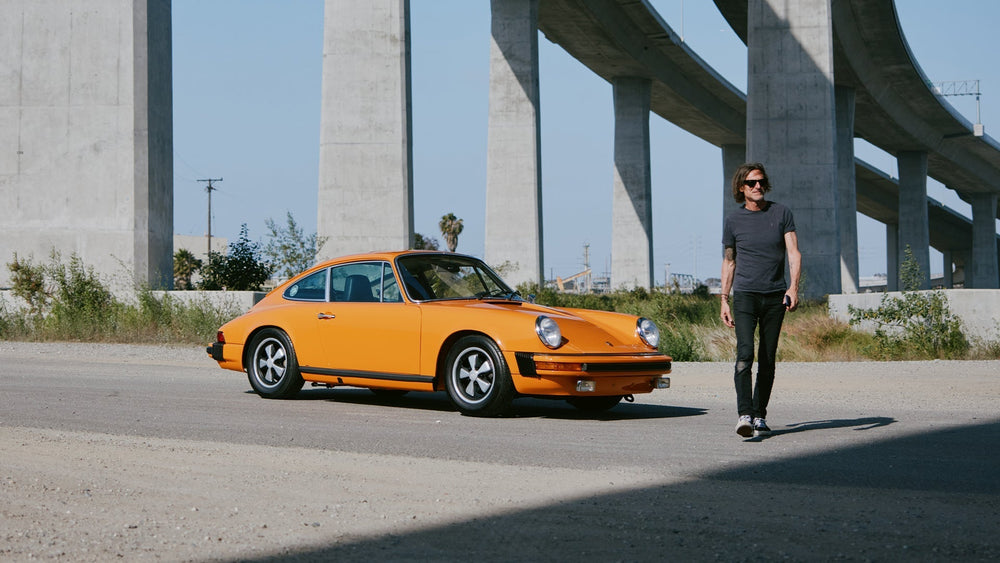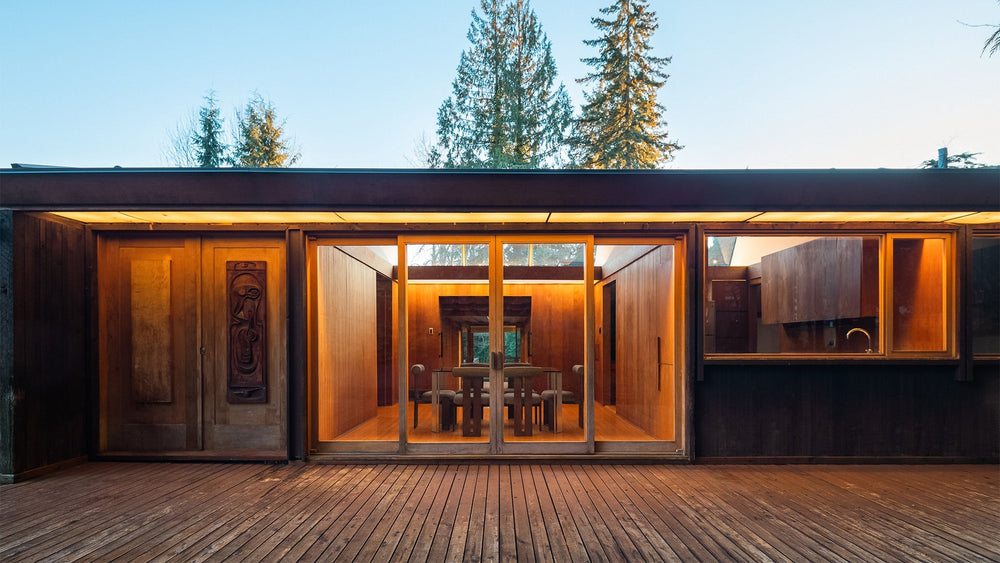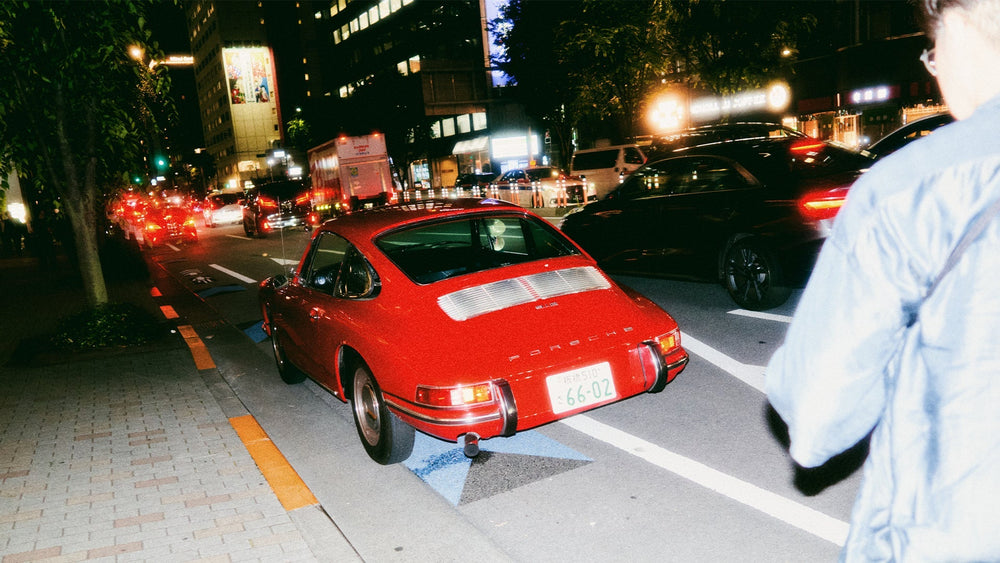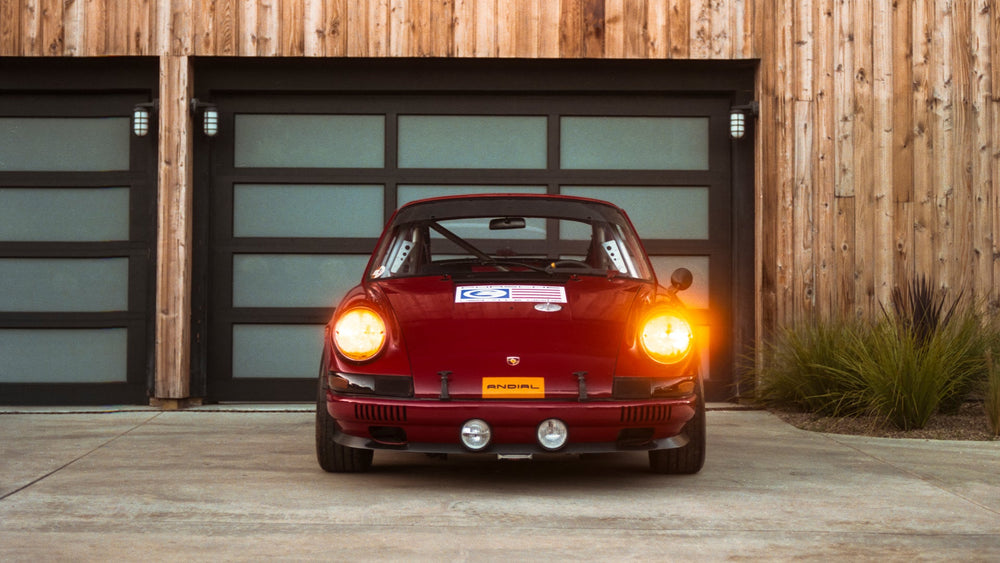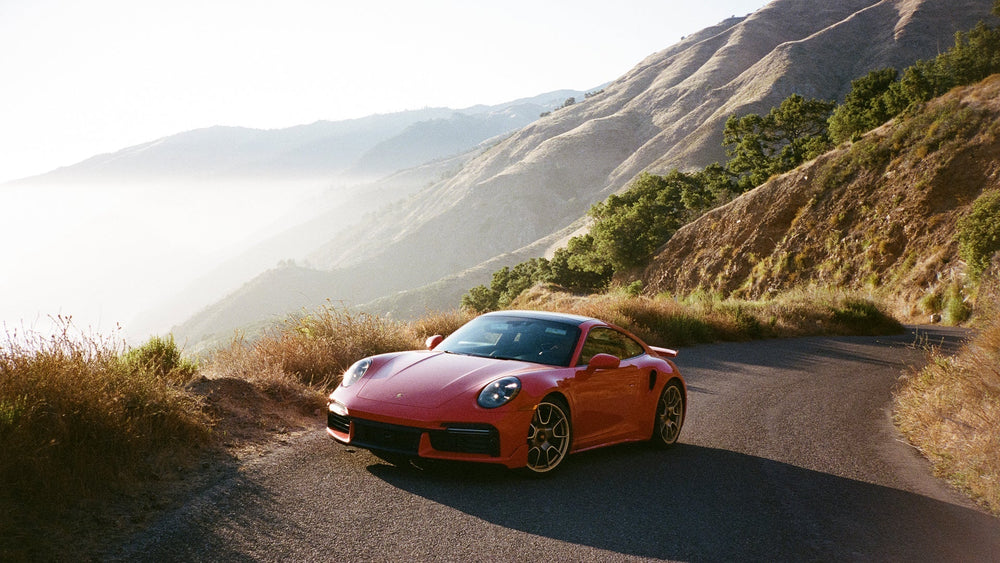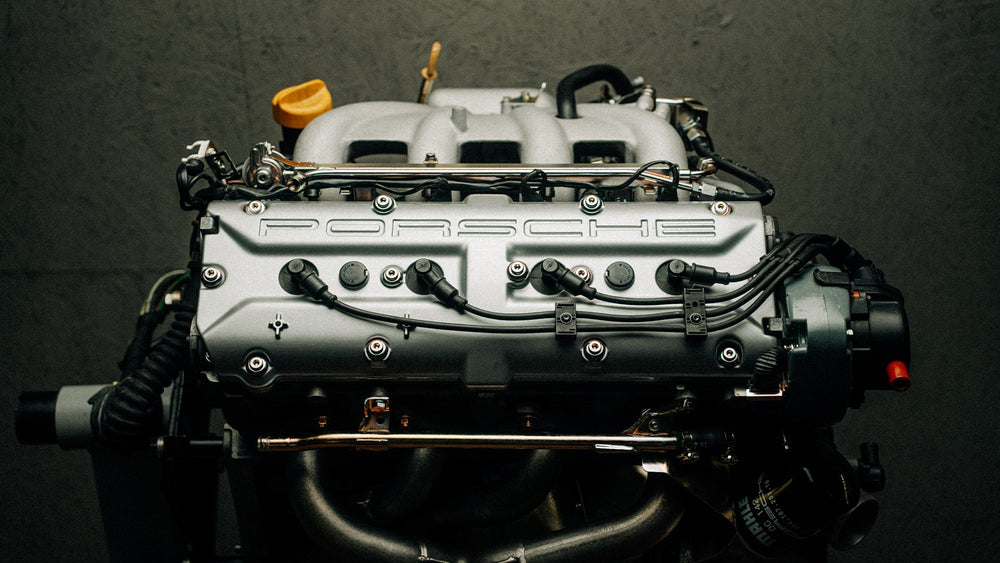A firm believer of the mantra ‘form follows function’, Hugh respects the unique characteristics of each car, striking the perfect split between old and new, mechanical versus technical - and if you could, why wouldn’t you? “If you have the luxury of experiencing the two separate worlds, one car simply enhances the other.”
6AM. The sun is trying to pierce through the clouds, the song of a 2.7L flat six at full chorus echoes through the trees. This is Feggans’ ritual, the Sunday morning drive.
His 69’ 911T is a raw, responsive and no holds barred early 911, without excessive modifications, as so many cars like it are guilty of having. “All the enhancements on the car don’t upset the balance, and that’s the trick, not to overwhelm the simplicity of an early 911” explains Hugh.
The ‘T, for the most part, is the creation of a fellow Melbourne Porsche figure John Forcier. Hugh took possession of the Ossi Blau 911T purely to get his kicks on the weekend, without the need of packing racing gear. “I’ve always wanted a long hood, but not a concours car or an investment. Something I could sink my teeth into and drive. Like any early 911, the ‘T doesn’t flatter or compensate for any inadequacies as a driver - you’ve got to understand these cars.”
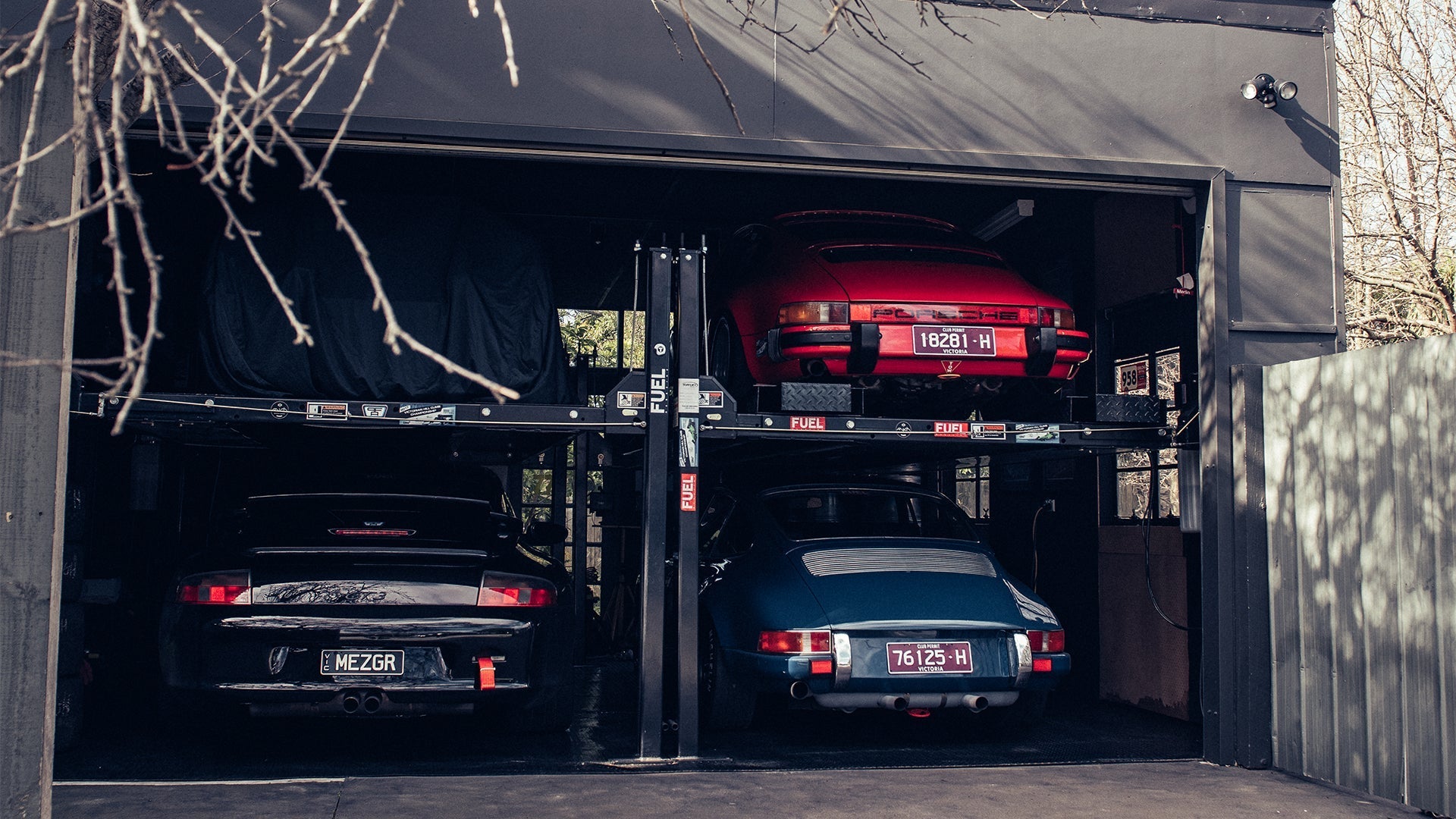
Poles Apart
Author: Thomas Walk
Photographer: Thomas Walk
Hugh Feggans and his collection of Porsche opposites
Father, husband, architect, Porsche enthusiast. Enthusiast being a key word here, the cars stacked in Hugh Feggans' garage all serve a purpose. Garage queens simply don’t exist here. All driven, some on winding roads, some on race tracks. Most importantly, they all serve their own unique purpose - like life itself, it’s all about balance.
A 1969 911T and an early 996 GT3 serve as good examples of such balance. Each have their own strengths and weaknesses. Used properly, Hugh manages to dip his toes into the best both worlds. “Having variety is one of the best ways of developing a deeper understanding of these cars” Hugh explains.
